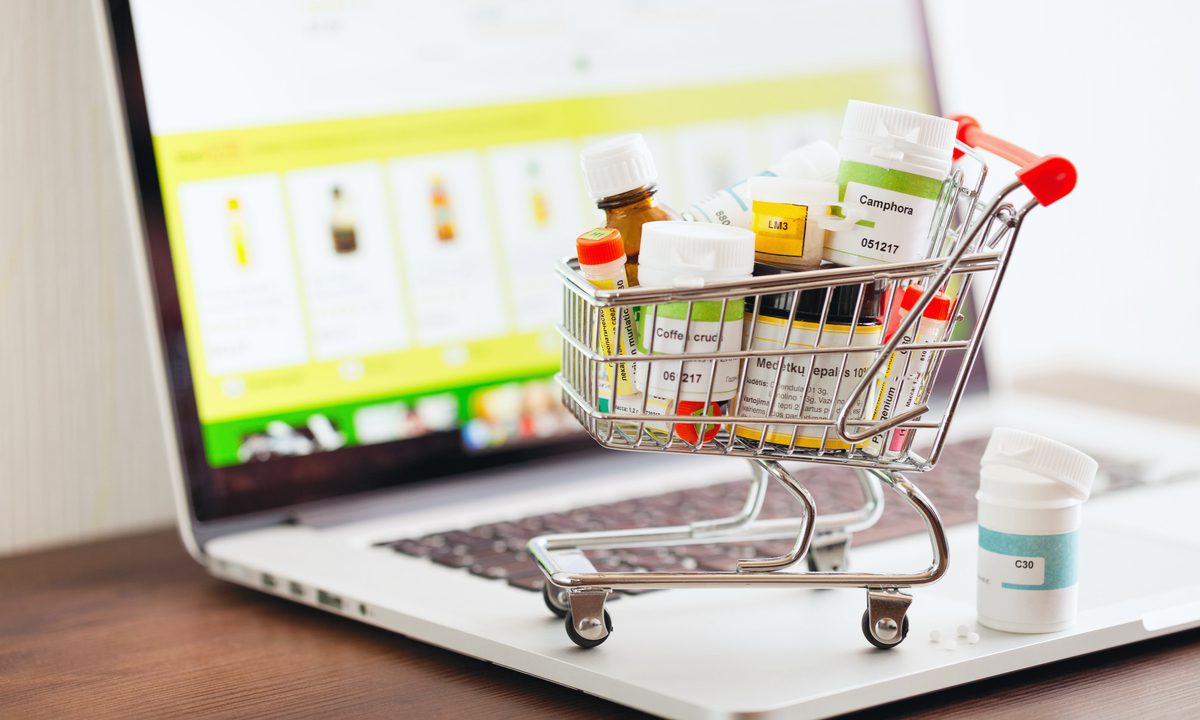Study Cites Mark Cuban’s Online Pharmacy Model for Price Reform

For a sector steeped in scans and tests to find hidden problems, healthcare itself isn’t very good at transparency, especially when it comes to prescription drug prices. That’s where disruptors are starting to have an impact on the massive and inefficient spend in this area, among others.
The latest shot across the bow of high drug costs comes from Annals of Internal Medicine, a journal of the American College of Physicians, which on Tuesday (June 21) published the study, “Potential Medicare Part D Savings on Generic Drugs From the Mark Cuban Cost Plus Drug Company,” taking Medicare to task for overpaying and passing high prices along to members.
Authors concluded that had Medicare purchased at prices offered by the Mark Cuban Cost Plus Drug Company (MCCPDC), the final tally would have been around $4.5 billion, versus actual expenditures of $8.1 billion — a difference of $3.6 billion.
Per the study, “although direct-to-consumer private companies like MCCPDC may offer savings for some patients on select drugs, policy reforms that improve price transparency, increase competition for high-cost generic drugs, prevent annual price increases, and limit pharmacy and distribution costs could increase affordability of essential generic medicines for all Americans.”
As Medical Economics reported, “The researchers cited a study that estimated the supply chain retains 64% of every dollar spent on generic drugs, compared with 25% of every dollar spend on brand-name drugs before rebates. Generic drugs have lower ingredient and manufacturing costs than brand-name drugs, so dispensing fees represent a greater share of the price.”
While the study is more a position paper on a Medicare Part D policy change than an endorsement of any one online pharmacy, drug costs are in the crosshairs of policy reformers and industry disruptors who see prescriptions as an ideal place to start fixing healthcare costs, which includes not just clever pricing concepts but consumers pushing back on Rx pricing.
In a recent interview, Truepill Co-founder and CEO Sid Viswanathan told PYMNTS, “We’ve seen an evolution of these high deductible plans where now consumers can make trade-off decisions on what [a prescription] costs on benefit, what my deductible is, and what it costs on a cash basis. It’s just in the last few years that consumer are empowered to ask those questions.”
See also: The Digital Merchant 2022: e-Payments Ease Healthcare Pains
TruePill is a fulfillment partner for MCCPDC and prescription discounting platform and app GoodRx, among others, and is one of the startups working to remove cost inefficiencies from what most see as a broken model for Rx wholesale and retail pricing.
Viswanathan told PYMNTS, “I would bet many [consumers] walk into pharmacies today and are paying a price that is either their benefit price that might be higher than the cash price, or in some cases, they’re underinsured or uninsured and paying the retail sticker price.”
The study by Annals of Internal Medicine appears to concurs, noting that the battle to bring prescription drug prices under control is with middlemen, and takes aim at “inefficiencies in the existing generic pharmaceutical distribution and reimbursement system, which includes wholesalers, pharmacy benefit managers, pharmacies and insurers.”
See also: GoodRx Q1 2022 Performance Marred by Mystery Grocery Chain Prescription Beef
Microfulfillment Shows Promise, As Do Demographics
To take more cost and time out of the prescription fulfillment components of pricing, connected economy players are making moves to update an outdated model.
In an interview with PYMNTS’ Karen Webster, NowRx CEO Cary Breese said microfulfillment is one solution, noting that, “Our locations are about a third of the size of a big CVS or Walgreens. It’s a third the cost per square foot for rent because it’s commercial space,” he said, adding that “if you multiply all of that out where a typical pharmacy might spend $6 or $7 per prescription just to rent space, not even counting all the variable costs, our costs are 1/27th of that for fixed overhead.”
See also: ‘Micro-Fulfillment’ Model Brings Same-Hour Delivery to Pharmacies
A shift to online pharmacies offering lower prescription prices as inflation weakens consumer buying power is not only timely but trending with the most digitally engaged consumers.
We saw this clearly by the end of 2021 and the start of 2022. According to the PYMNTS ConnectedEconomy™ Monthly Report: Consumers Rush Online To Shop And Stay Well edition, high-earning digital-first millennials — the drivers of digital trends — are already shifting.
Per that edition of the ongoing study series, “Millennials in particular find digital-first healthcare appealing. They are the most likely of any demographic age group to obtain healthcare-related products and services online, with 46% of them (13 million) doing so in December. This compares to just 27% of Generation X and 13% of baby boomers and seniors.”
Get the Study: ConnectedEconomy Monthly Report: Consumers Rush Online To Shop, Stay Well
